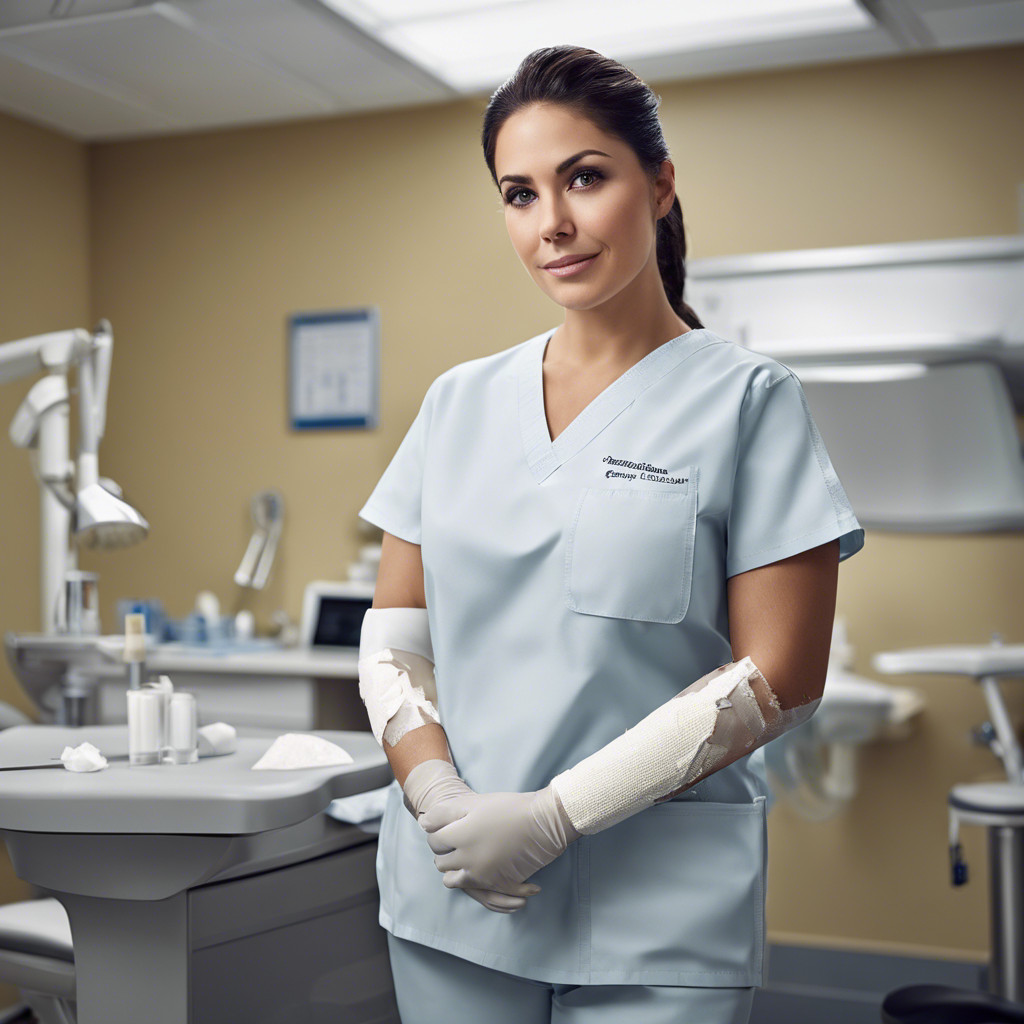Protecting Dental Professionals
A comprehensive overview of the common work-related injuries in dentistry, including musculoskeletal disorders, occupational hazards, and preventive measures for the health and safety of dental professionals.

Work-Related Injuries in Dentistry: An Overview
Dental professionals, due to the nature of their work, often face a range of work-related injuries. These injuries can be physical, such as musculoskeletal disorders, or they can be health hazards, such as exposure to infectious diseases and harmful materials [2]. Musculoskeletal disorders, caused by awkward posture and repetitive movements, are particularly prevalent among dental professionals. Dental care professionals face work-related musculoskeletal disorders due to awkward posture and repetitive movements. These injuries, which can affect various parts of the body including the neck, shoulders, arms, and wrists, often develop over a long period due to cumulative stress and strain.
Occupational Hazards Faced by Dental Professionals
In addition to musculoskeletal disorders, dental professionals also face numerous other occupational hazards. These include exposure to infections, percutaneous exposure incidents, dental materials, radiation, and noise. Dental professionals are also at risk of stress and work-related burnout, which are common psychological conditions in the profession.
Another common occupational hazard is allergic skin irritation caused by latex gloves. To reduce the risk of disease transmission, particularly HIV/blood-borne diseases, the routine use of latex gloves and other personal protective equipment is crucial. Moreover, eye protection is necessary for both patients and dentists to minimize the risk of ocular injuries. There is also a risk of noise-induced hearing loss due to various sources of noise in the dental office.
Musculoskeletal Disorders in Dentistry: Causes and Impact
Prolonged static posture, repetitive movements, and poor positioning contribute to a high prevalence of musculoskeletal disorders among dental practitioners. Changes in the curvature of the spine, which can result from maintaining uncomfortable positions for extended periods, can affect other areas and lead to musculoskeletal issues.
Common musculoskeletal disorders among dental team members often involve the neck, shoulders, arms, and wrists. Hand and wrist injuries, for instance, can develop when the musculoskeletal structures are unable to withstand the cumulative stress from work activities.
Preventive Measures and Ergonomics in Dentistry
Ergonomics plays a crucial role in preventing work-related musculoskeletal disorders and injuries among dental professionals. Maintaining good posture during dental procedures is essential, as is taking regular breaks and engaging in stretching exercises.
Occupational health and safety guidelines, which often include recommendations on optimal postures, work-rest schedules, and the use of appropriate equipment, are also key to preventing work-related injuries in dentistry.
Conclusion: Prioritizing the Health and Safety of Dental Professionals
Work-related injuries, particularly musculoskeletal disorders, are common in the field of dentistry. These injuries, which often result from prolonged static posture, repetitive movements, and poor positioning, can have significant impacts on the health and well-being of dental professionals. Therefore, it is crucial that dental professionals adopt proactive prevention and management strategies, such as maintaining good posture, taking regular breaks, and following occupational health and safety guidelines, to ensure their health and safety in the workplace.
